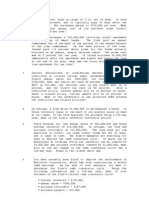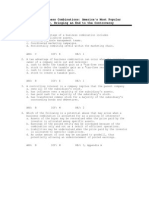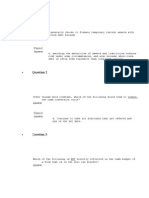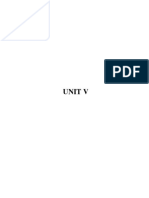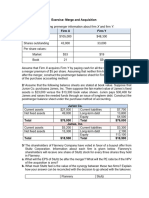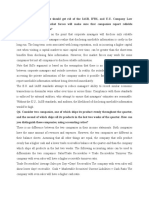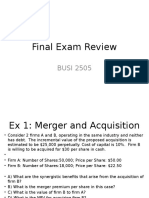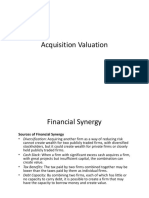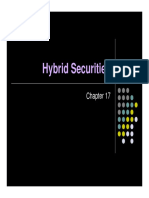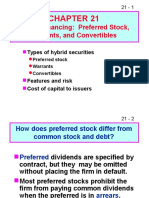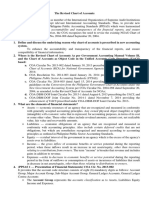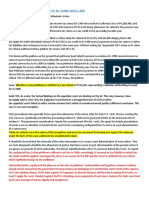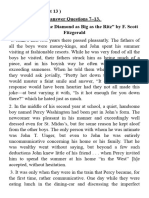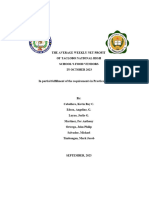0% found this document useful (0 votes)
36 views2 pagesFinance Students' Problem Set
This document contains assignments from a finance textbook. It includes 3 problems about convertible bond values, 4 questions about call option profits and risks compared to stock purchases, 3 questions about the tax benefits of acquiring a company with tax losses to carry forward, 2 questions about exchange rate movements between euros and dollars, and an ethics problem about paying bribes versus maximizing shareholder wealth. The assignments cover a range of finance topics and calculations including convertible bonds, call options, taxes, exchange rates, and business ethics.
Uploaded by
NJUECopyright
© © All Rights Reserved
We take content rights seriously. If you suspect this is your content, claim it here.
Available Formats
Download as DOCX, PDF, TXT or read online on Scribd
0% found this document useful (0 votes)
36 views2 pagesFinance Students' Problem Set
This document contains assignments from a finance textbook. It includes 3 problems about convertible bond values, 4 questions about call option profits and risks compared to stock purchases, 3 questions about the tax benefits of acquiring a company with tax losses to carry forward, 2 questions about exchange rate movements between euros and dollars, and an ethics problem about paying bribes versus maximizing shareholder wealth. The assignments cover a range of finance topics and calculations including convertible bonds, call options, taxes, exchange rates, and business ethics.
Uploaded by
NJUECopyright
© © All Rights Reserved
We take content rights seriously. If you suspect this is your content, claim it here.
Available Formats
Download as DOCX, PDF, TXT or read online on Scribd
/ 2


















